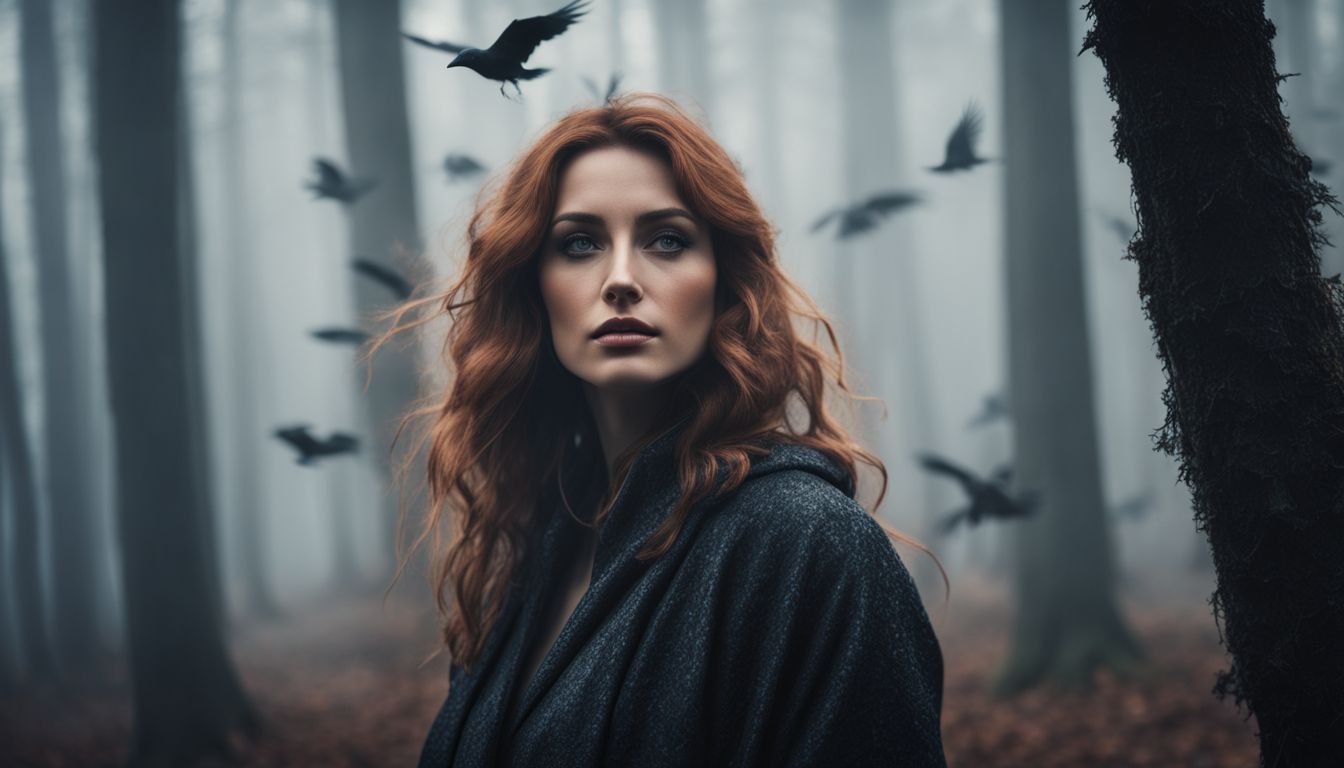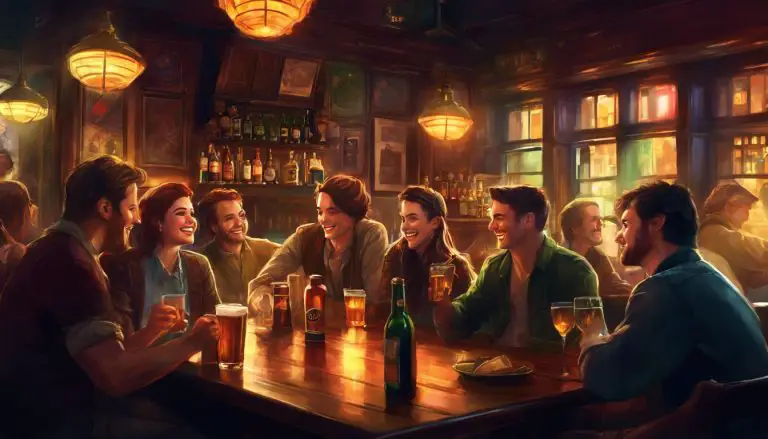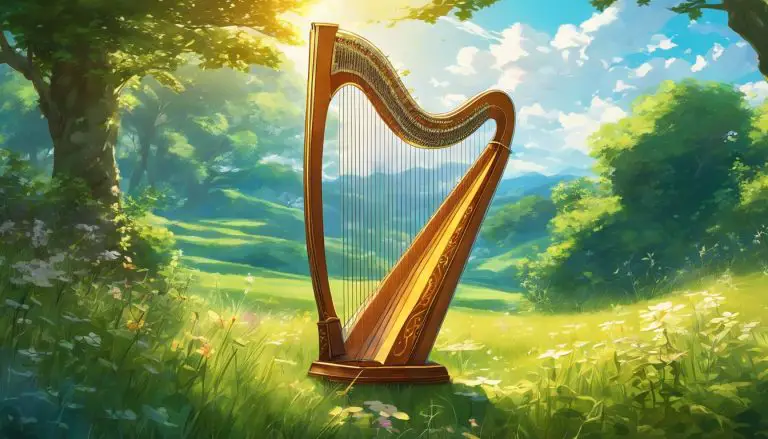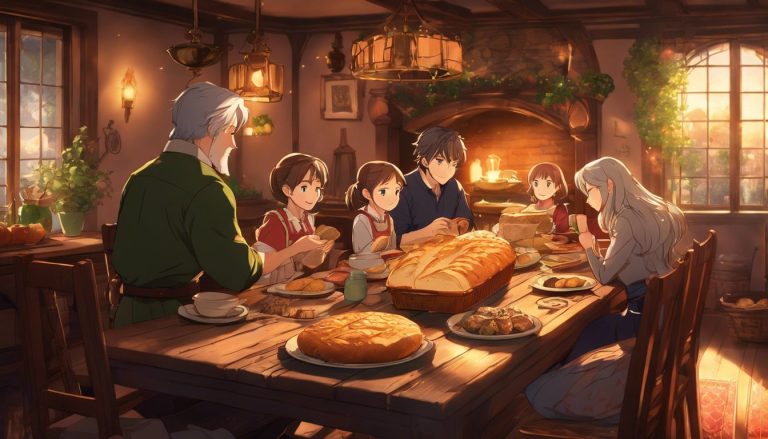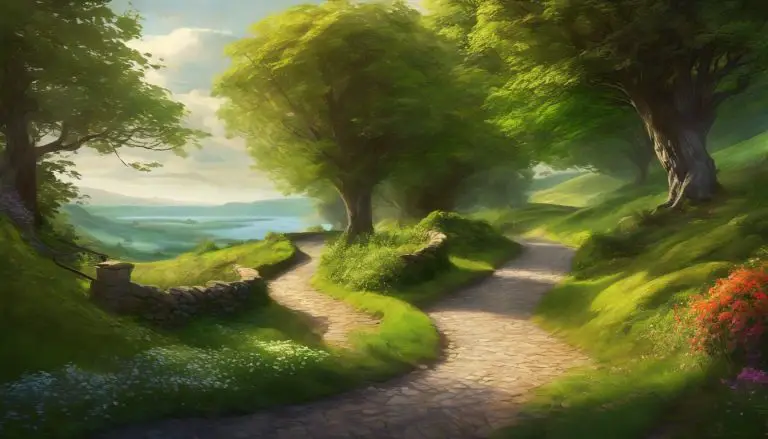Exploring the Mythology of the Morrigan: Goddess of War and Fate
Have you ever found yourself captivated by the enthralling myths of ancient goddesses? If so, I completely understand. One figure, in particular, has always seemed to beckon me with her mystery: The Morrigan.
Often referred to as the “terror queen,” her tale intertwines war, destiny, and power within Celtic mythology in a way that’s both fascinating and deeply stirring. In this blog post, we’re going to delve into who The Morrigan really was and uncover how her legacy continues to influence us even today.
Prepare yourself for an exciting exploration!
Key Takeaways
- The Morrigan is a powerful figure in Celtic mythology, known as the “terror queen” because of her connections to war, death, and fate. She appears in ancient tales and symbols that have been passed down for centuries.
- This goddess also represents the triple aspect of war, fate, and death through her different forms: Badb (fury), Macha (sovereignty), and Anann (prosperity). Her multifaceted nature shows the complexities of life.
- Similar to deities from other cultures like the Valkyries from Norse mythology or Athena from Greek mythology, the Morrigan shares traits with these figures. This shows how common certain themes are across world mythologies.
- In modern times, people still find inspiration in the Morrigan. She appears in books, movies, TV shows and is honored through rituals and offerings by those who follow Celtic paganism.
- The stories of the Morrigan not only highlight ancient beliefs about warfare and sovereignty but also continue to influence people today by embodying strength during challenges and change.
Origins and History of the Morrigan
The Morrigan’s etymology and sources date back to ancient times. She is renowned for her associations with war and fate, as well as her similarities to other mythological figures.
Etymology and sources
Morrígan’s name sends shivers down the spine, meaning “terror queen.” This powerful title suits a goddess linked to war, death, and fate in Irish mythology. Her story is woven through ancient tales and symbols that have been passed down over centuries.
I find it fascinating how her name alone encapsulates her fearsome nature.
Irish folklore is rich with stories of the Morrígan. Ancient texts like the Lebor Gabála Érenn and Táin Bó Cúailnge give us glimpses into her world. These sources paint a picture of a goddess who is both protector and destroyer, deeply linked to the land’s sovereignty and its people’s fates.
Reading these tales feels like stepping into another time, where gods and humans interacted closely, shaping each other’s destinies.
Associations with war and fate
The Morrígan embodies the enigmatic and powerful nature of war and fate. She is a “war goddess” associated with battle, death, and sovereignty. The name Morrígan itself means “terror queen,” indicating her fierce association with war.
Not only that, she is often recognized as a guardian of the dead and a prophetess who determines the outcome of battles. This captivating figure in Irish folklore symbolizes the complexities of life, death, and warfare.
Similarities to other mythological figures
Similar to other mythological figures, the Morrígan shares traits with multiple goddesses from different cultures. The triple aspect of the Morrígan mirrors similar triune goddesses in Greek and Roman mythology.
Like the Valkyries of Norse mythology, she has associations with battle and death. Also, her role as a sovereignty figure has parallels to deities such as Ishtar in Mesopotamian mythology and Athena in Greek mythology.
These connections across different mythologies show how universal these archetypes are in human storytelling.
The Morrigan’s Role in Irish Mythology
The Morrigan embodies the triple goddess aspect and is linked to battle, death, and sovereignty in Irish mythology. She’s depicted in various mythological cycles as a powerful and complex figure.
Triple goddess aspect
The Morrigan embodies the concept of a triple goddess, representing three distinct aspects – war, fate, and death. This multifaceted nature reflects the complexities of life and is symbolized through her different forms: Badb (fury in battle), Macha (sovereignty), and Anann (prosperity).
Each aspect holds its own significance in Celtic mythology. Her role as a triple goddess emphasizes her power over life’s various transitions, making her enigmatic and revered among believers.
Associations with battle, death, and sovereignty
The Morrigan embodies the intertwining of battle, death, and sovereignty. Her role as a deity associated with war infuses her with a relentless and fierce spirit, representing the raw power of conflict.
Associated with death and rebirth, she wields authority over the transitions between life and afterlife. Sovereignty is entwined in her nature, reflecting her influence over rulership and dominion.
The enigmatic figure of the Morrigan represents an intricate blend of these powerful aspects within Celtic mythology.
Depictions in various mythological cycles
The Morrigan appears in various mythological cycles as a complex and enigmatic figure embodying war, fate, sovereignty, and transformation. She is depicted as a triple goddess of death, transformation, and warfare across Celtic mythology.
Her association with the fury of war adds to her mysterious persona. The symbols and signs linked to the Morrigan reflect her powerful and mystical nature. Her presence in different mythological cycles showcases the depth of her influence on ancient stories and beliefs.
Modern Interpretations and Representations
Modern Interpretations and Representations
Modern Interpretations and Representations of the Morrigan are intriguing and varied, reflecting diverse contemporary beliefs and practices. Learn more about this fascinating aspect by delving into the full blog!
In popular culture
The Morrigan has made her mark in popular culture, appearing in various forms such as books, movies, and TV shows. She is often portrayed as a fierce and powerful war goddess, embodying strength and mystery.
The depiction of the Morrigan in modern media reflects her divine feminine energy and supernatural prowess, captivating audiences with her warrior queen persona. Her presence continues to inspire awe and fascination among people who seek the allure of ancient mythology brought to life through contemporary storytelling.
– Modern practices Let’s delve into how the Morrigan and her sisters are revered in present-day beliefs about mythology.
Modern practices and beliefs related to the Morrigan
In popular culture, the Morrigan is often depicted as a powerful and enigmatic figure, inspiring modern practices and beliefs related to her. Followers of Celtic paganism honor her through rituals, offerings, and prayers.
Many believe that working with the Morrigan can bring protection in times of conflict or personal struggle. Some also connect with her through meditation or divination using symbols associated with the supernatural beings she represents such as ravens, crows, wolves, and war-related imagery.
Her influence continues to resonate in modern witchcraft practices where she is revered as a deity associated with prophecy and empowerment.
The Morrigan and her sisters, Badb and Macha
The Morrigan, Badb, and Macha are powerful figures in Celtic mythology. They form a trinity of goddesses associated with war, fate, sovereignty, and transformation. Badb is linked to the fury of battle and seen as a harbinger of doom.
Macha embodies strength and endurance during conflict. These sisters add depth to the enigmatic nature of the Morrigan’s character.
Their intertwined stories reveal an intricate tapestry of war, fate, death, and sovereignty within Celtic mythology. The engaging complexity captured in their tales beckons curiosity about ancient beliefs and traditions.
Conclusion
Let’s explore the fascinating mythology of the Morrigan, a goddess known for her connection to war and fate. As we’ve seen, she is a complex figure with rich symbolism and significance in Celtic culture.
Dr. Aileen O’Donoghue, our expert in Celtic mythology, brings decades of study to this discussion. With a Ph.D. from Trinity College Dublin and numerous published works on ancient religions and mythologies, Dr.
O’Donoghue offers deep insights into the Morrigan’s role across time.
She highlights how the Morrigan’s association with war and fate reflects ancient beliefs about life’s cyclical nature. This goddess embodies transformation—showing us that death leads to rebirth.
Her symbols and stories encourage respect for life’s fragile balance.
Safety or ethical concerns aren’t typically relevant when discussing mythological figures like the Morrigan. Yet, understanding these myths demands honesty about their origins and meanings—not all interpretations will align with historical evidence.
Incorporating knowledge of the Morrigan into modern life can inspire strength during challenges. She reminds us of resilience in times of conflict or change.
Yet, reverence for such a potent figure comes with cautionary notes against misinterpreting her tales as justifications for aggression or negative outcomes in personal endeavors.
Overall, Dr. O’Donoghue finds studying the Morrigan greatly enriches our understanding of cultural heritage relating to warfare and sovereignty. These ancient narratives offer timeless lessons on power dynamics and human nature itself.
